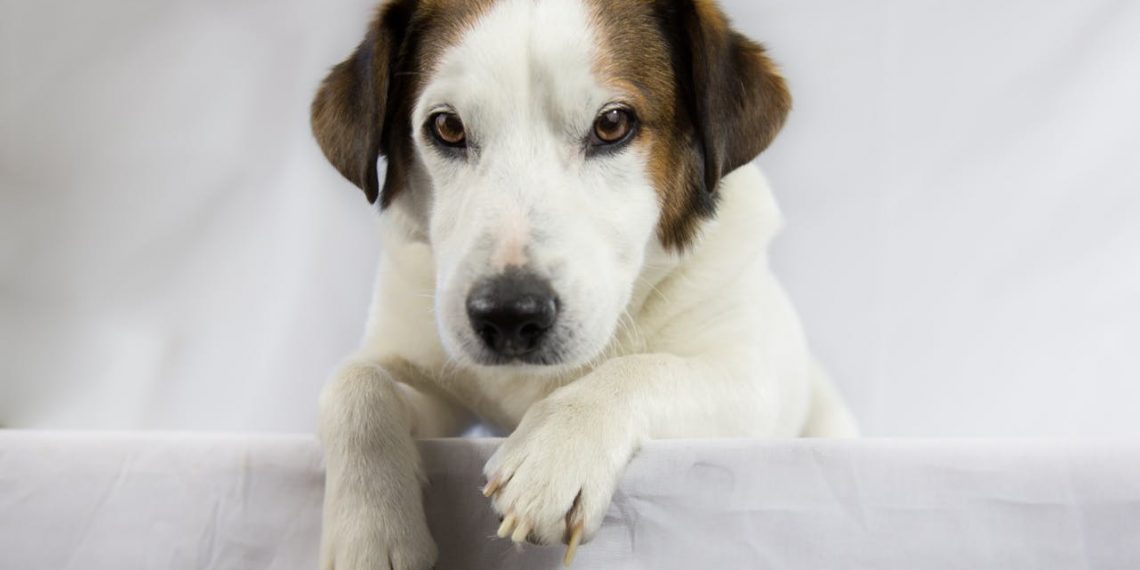Training your pet can be a rewarding experience that strengthens your bond and improves their behavior. One of the most effective and humane methods of training is positive reinforcement. Here, we’ll explore how to use positive reinforcement to train your pet, with a focus on simple and effective techniques that you can start using today.
What is Positive Reinforcement?
Positive reinforcement involves rewarding your pet’s behavior that you want to encourage. Instead of punishing them for what they do wrong, you focus on celebrating what they do right. This method boosts their willingness to learn and makes training a fun experience for both of you.
Benefits of Positive Reinforcement
Using positive reinforcement has many benefits:
- Builds Trust: It helps build a stronger bond of trust between you and your pet.
- Encourages Learning: Pets are more likely to repeat behaviors that result in positive outcomes.
- Reduces Fear: This method avoids fear, which can lead to behavior problems.
How to Implement Positive Reinforcement
Here are some steps to effectively implement positive reinforcement in your pet’s training routine:
1. Choose the Right Rewards
Identify what your pet loves most. This could be treats, toys, or verbal praise. Use these rewards immediately after your pet performs the desired behavior to reinforce their actions. For high-quality pet treats, you might consider options from PetSmart.
2. Be Consistent
Consistency is key in training. Always reward your pet for the same behavior, and use the same command to avoid confusion. This consistency will help your pet understand what is expected of them more quickly.
3. Keep Training Sessions Short
Pets, especially young ones, have short attention spans. Keep training sessions short and sweet, about 5 to 10 minutes, to keep your pet engaged and enthusiastic.
4. Gradually Change the Reward Schedule
Once your pet starts to learn a behavior, begin giving rewards intermittently. This variation will keep them motivated and attentive.
5. Use Clicker Training
Clicker training is a form of positive reinforcement where you use a clicker device to mark the exact moment a desired behavior is performed. This precise communication helps your pet understand which behavior is being rewarded. Petco offers a variety of clickers and training guides.
6. Be Patient
Every pet learns at their own pace. Show patience and keep the training positive and stress-free.
Common Mistakes to Avoid
- Delaying the Reward: Delayed rewards can confuse your pet. Always reward immediately after the desired action.
- Overfeeding: If you’re using treats, adjust your pet’s diet accordingly to prevent overfeeding.
- Negative Emotions: Avoid training when you’re frustrated or angry. Positive reinforcement requires a positive attitude.
Conclusion
Positive reinforcement is a powerful tool in pet training. By rewarding your pet for the behaviors you want to see, you create a happy and cooperative learning environment. Remember to be consistent, patient, and positive, and you’ll see wonderful results in your pet’s behavior. Use resources from trusted brands like Chewy to get the best training supplies and treats to aid your journey. Happy training!














